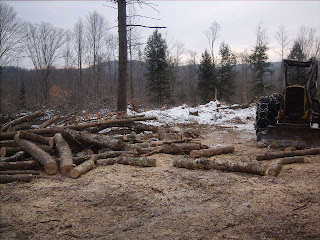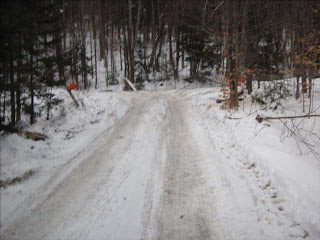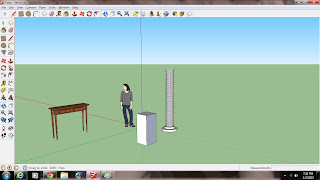I spoke to Curt Snyder from
Crest Solar in Keesville this morning. My head was starting to swim, evaluating off-grid, grid-tie, or just grid. I needed to bounce ideas off of someone with hands on experience.
My discussions with National Grid weren't good, as I wrote earlier. They won't run service until construction starts, they said, and then it could take as long as five months to get it. That irked me, to say the least, and I got it in my head to go off-grid just to spite them.
Curt at Crest Solar was a huge help here. Without going into all the details, at this latitude, going off-grid doesn't make financial sense unless you're running power lines for a mile or more. A 7 KW solar array, installed and connected to the grid (no batteries), is about $26,000. There is a $10,500 rebate from NYSERDA that comes off the top, making it $15,500, but it has to be grid-tie. There's no rebates if it's off-grid.
So to be tied to the grid, I have to run a power line 500 feet from the pole in my driveway to the house. While National Grid wants $15,000 to do that, I figured I could do it myself for a fraction of that. I called Nick at
wesbellwireandcable.com to get an idea of what I need for 150 amp service. First, he said I'd need to talk to a licensed electrician to get a recommendation, but then said I'd most likely need TC-ER 1/3 underground tray cable which would cost about $6,000. Yikes! But still better than $15,000.
Of course, since we're not going to have an electric stove, hot water heater, or clothes dryer, we don't need 150 amp service. If we go as low as 60 amp service, the power line would cost a lot less.
National Grid has to buy the power my array would generate at full retail prices. Curt said that the PV system should generate enough excess power during spring, summer, and fall to earn enough credits to pay for the usage through the winter. Our only electric bill would be the delivery charge, which, by the way, seems to be all over the map.
So at this point, if we're connecting to the grid, we can wait until the house is finished and see how high our electric bills are before deciding to go solar. We'll have a better idea of the payback period.






























